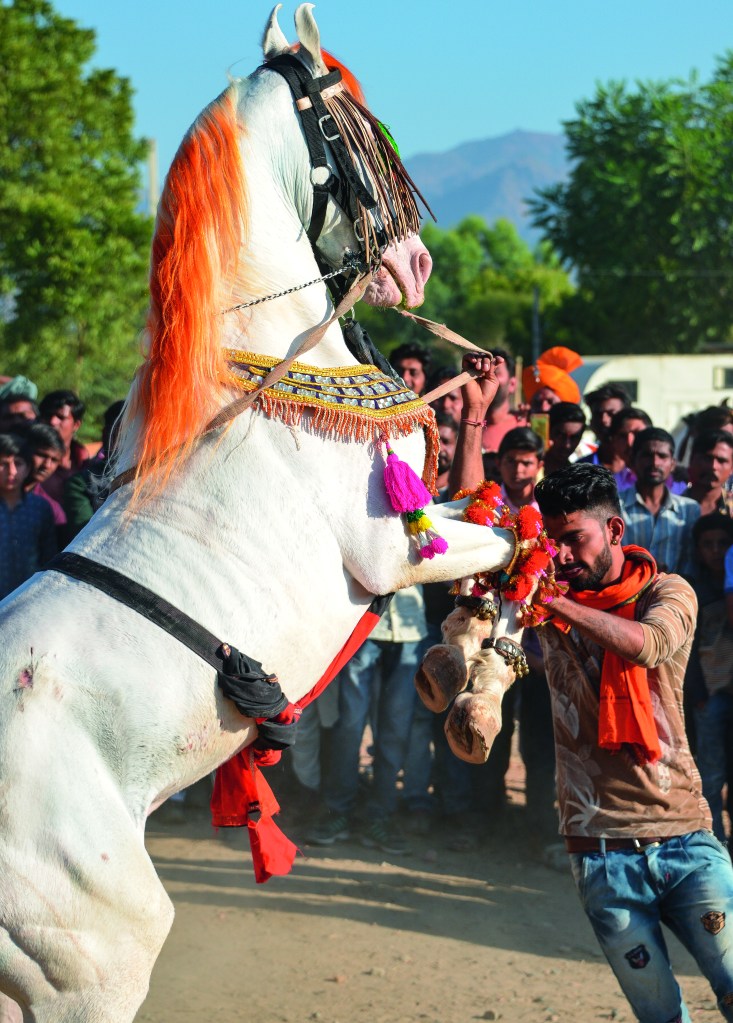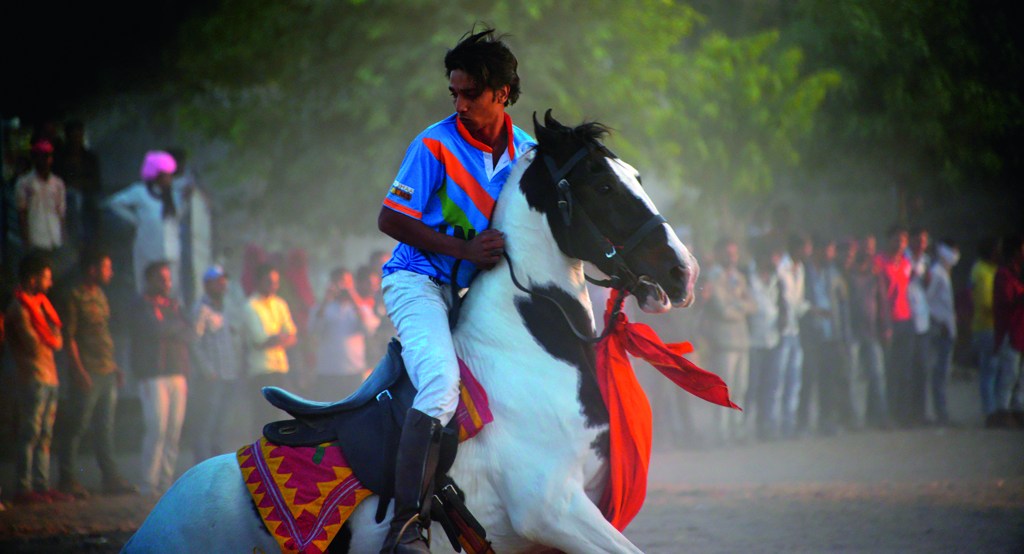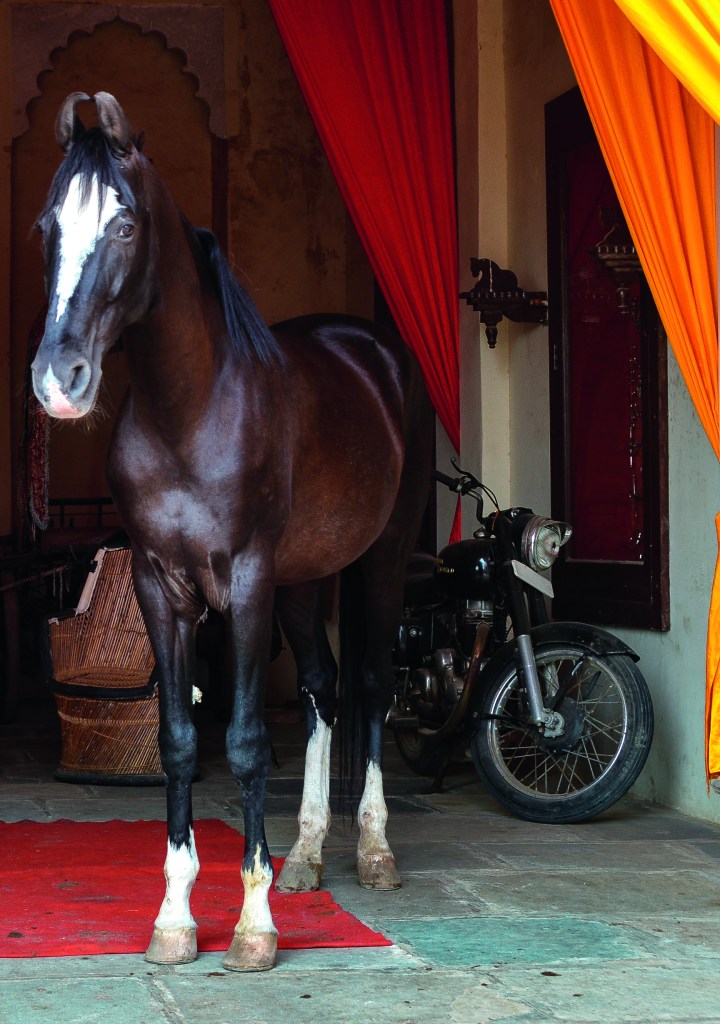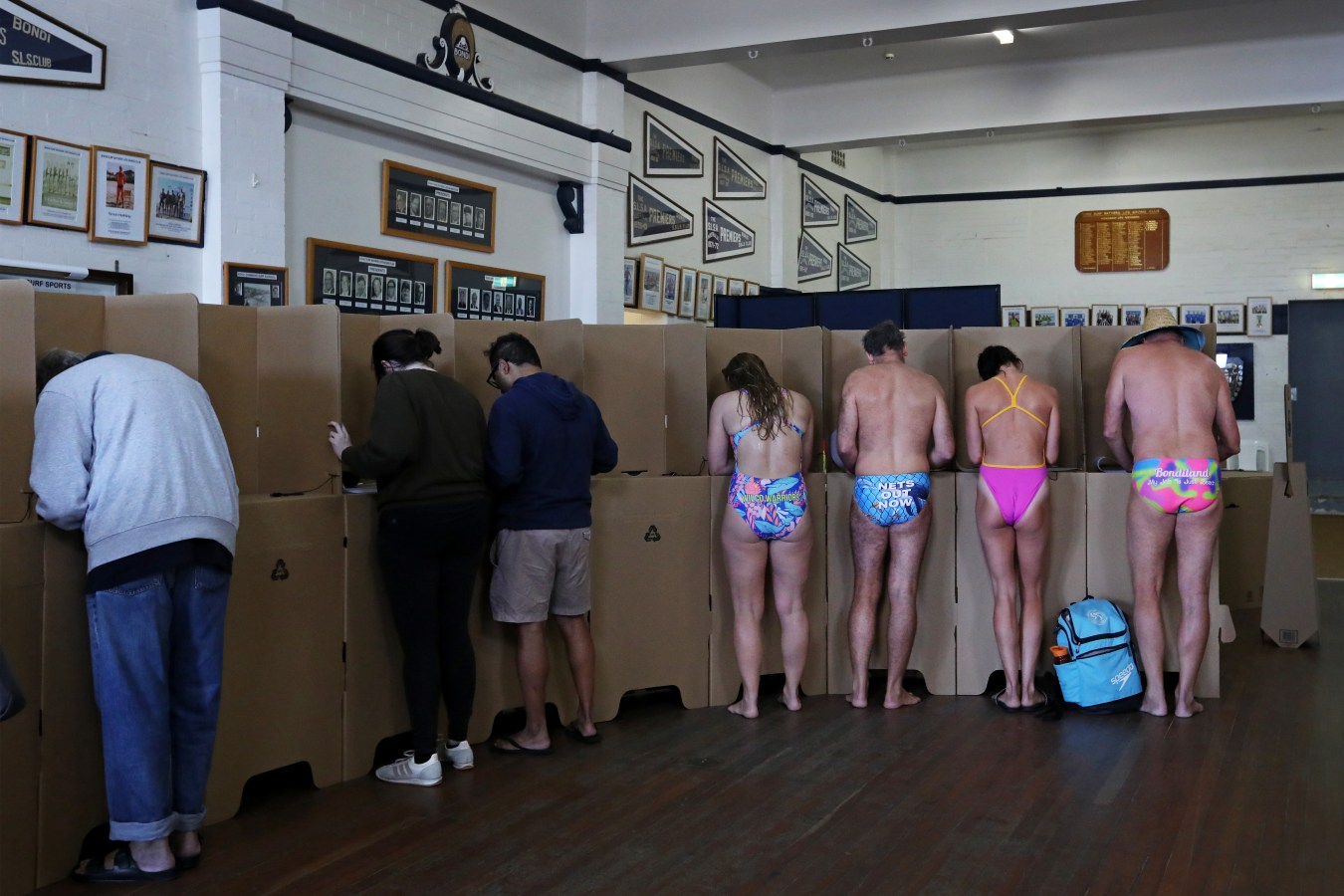India offers unique, magical experiences to travellers. Stewart Hawkins writes about the exhilaration of spending time with the legendary war horses of Rajasthan.
This story featured in Issue 17 of Forbes Australia. Tap here to secure your copy.

Ravindra Jadeja, the “rockstar” (according to Shane Warne) Indian cricketer, walked on to the pitch at the Gabba in December with an image of a Marawi stallion on his bat.
To stencil it with the potent symbol of the Rajputs’ legendary war horse is both an evocative statement and speaks to the importance of the Marwari in India’s iconic desert state of Rajasthan.
Their lean, military bearing, lyre-shaped, curled ears and distinctive markings make the breed unique. According to the UK chapter of the Friends of Marwari, “their (historical) status was unparalleled, as they were declared divine and superior to all men. Accordingly, only the Rajput families and – warrior castes – were permitted to mount [them]. They were bred to lift the heart in battle.”
A few years back I was with Dr Rao Ajeet Singh, a Marawi breeder, event organiser, all round fixer and owner and guide of travel company Horse India.
We were riding a couple of his splendid horses into a remote desert village a ways from Ranakpur, Rajasthan – a small town famous for the Chaumukha Jain Temple – when the chieftain asked: “what does this man (meaning me) do that he can ride into my village like a king?”
He didn’t seem like he was joking. I was on a gelding called Hansraja (swan king) and was a bit lost for words. I was summoned to morning tea with him and the village elders the next morning where I had to explain myself.
I’ve been on a number of trips to Rajasthan over the past years riding Marwaris through the villages, deserts and hills and can attest to their strength, power, stamina and the absolute joy of spending time with them.
Covering more than 40km in a day, we camped out, rode up to palace gates and cantered through irrigated fields, river flats and desert tracks. They were singular pleasures.
The landscape is extraordinary, dust and sand melds with fertile crop land, rocky outcrops provide havens for leopards, and every village has at least one temple.
On horseback you get to meet the locals, you can go well off any beaten track and vehicle access is irrelevant. Be prepared to pose for plenty of selfies with the kids though – foreigners are still a novelty.
By an unusual set of circumstances, I also competed in a Rajasthan Endurance ride on a Marwari – 20km through the desert fringes and on another trip played in what was allegedly the very first camel polo tournament held in Ranakpur. [And I learned the hard way that riding camels and horses require vastly different skills – the Rest of the World team lost to Team India 9 goals to 0.]

Rajasthan is a magical place where pretty much anything is possible.
As surreal as these experiences sound, they are not outside the realms of the achievable as long as you can handle a horse and are a reasonably competent rider.
Dr Singh’s company Horse India offers bespoke and scheduled rides taking in, among other amazing sites, the Kumbhalgarh Fort, the Ghanerao Castle and the hotel Rawla Narlai – a 17th century property which I can attest is a quiet, understated (by Indian standards) jewel. It’s been beautifully renovated; the service is impeccable and the local cuisine fantastic. There’s also the chance to go on a leopard safari. [However, we spotted leopards at dusk on a rocky outcrop from horseback – a rare treat.]
An eight-day ride starts from approximately £3,000 ($6,100) not including flights, visas and tips.
*Rajput (from Sanskrit raja-putra, “son of a king”) – descendants of ruling warrior classes of North India. Horseindia.com

Look back on the week that was with hand-picked articles from Australia and around the world. Sign up to the Forbes Australia newsletter here or become a member here.



